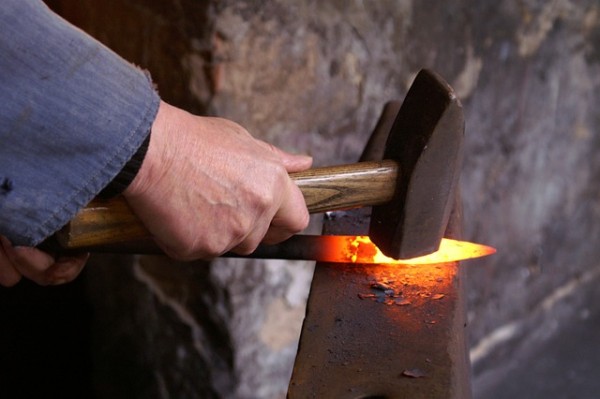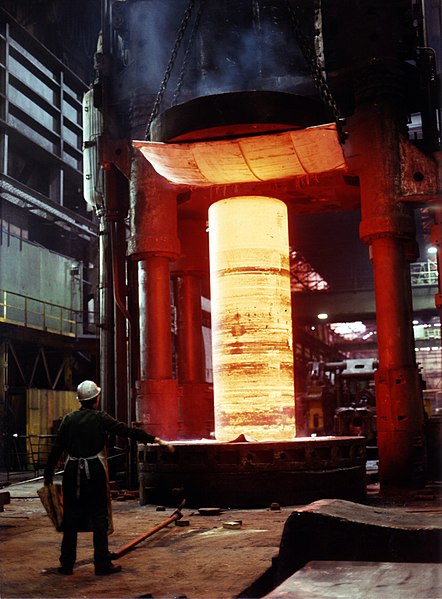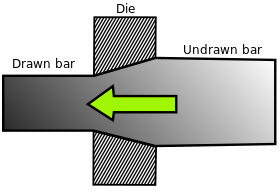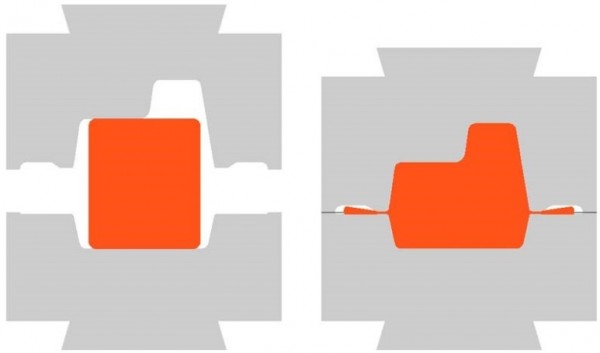-
About
-
Our Brand
-
Products
-
Community
Community
Blog
Blog
History, Manufacturing Process, Types, Characteristics, and Applicatio…
- Writer
- STEELTOPIA
- Date
- 23-09-13
What is Steel Forging?
Steel Forging is a manufacturing process that involves applying pressure to steel products using equipment such as presses or hammers, causing plastic deformation to achieve specific mechanical properties, shapes, and sizes.
In comparison to machining processes, the weight of the metal typically remains unchanged during the forming process, but there are changes in the metal's performance and microstructure.
Forged steel generally has minimal surface porosity, a fine particle structure, greater ductility compared to other steel processing methods, and superior fatigue strength.
The History of Steel Forging

Steel forging has a long history dating back to ancient civilizations. It began with basic hand tools and evolved through the Iron Age, Middle Ages, and the Industrial Revolution. In the modern era, advanced machinery and technology have made it a crucial process for producing a wide range of industrial and aerospace components.
The Process of Manufacturing Forged Steel

When steel is heated to its forging temperature, it becomes more ductile and malleable, allowing it to be shaped into the desired form by applying pressure.Forging methods can shape steel permanently without cracking due to its ductility.During this process, there is a refining effect on particles and an enhancement in impact strength due to thermal cycling and deformation.
Steel forging can be classified into three categories based on the shaping temperature.
1. Hot Forged Steel
Hot forging is conducted at deformation temperatures higher than the recrystallization temperature, typically between 950°C and 1250°C. It allows for easy shaping with relatively low force. Hot forging is the most widely used forging process type due to its fast production speed, high productivity, and ease of forming.
2. Cold Forged Steel
Cold forging is carried out at room temperature, and the processing temperature remains below the recrystallization temperature. This type of forging results in low formability and requires high forming forces. It is preferred when there is minimal or no need for finishing work on the forged metal, and when an excellent surface finish is required.
3. Warm Forged Steel
Warm forging is a forging method carried out at intermediate temperatures, typically ranging from approximately 200°C to 800°C. It is employed when one aims to combine the advantages of both hot and cold forging methods.
Types of Forged Steel Processes
Open Die Forging

Open die forging involves deforming steel by placing it between dies that do not enclose the steel. The shape of the billet is changed by hammering or stamping it through a series of repetitions, with each blow altering the billet's shape. The workpiece is shaped between the top ram and a die placed on the bottom anvil. This is an imprecise forging method used for shaping simple forms. Once the process is completed, the forged piece typically requires a significant amount of machining.
Closed Die Forging

In the closed die technique, the metal is pressed between two dies that comprises of the precut profile of the desired shape.
Properties of Forged Steel
- Excellent strength
- High durability
- Uniformity in structure
- Robustness compared to machined or cast components
- Stability and cost-effectiveness
Applications of Forged Steel
Forged steel is used as pipe fittings in the oil & gas industry and serves as pulleys and gear wheels in the automotive industry.
It is used across various industries, including automotive, agricultural machinery, maritime, aerospace, manufacturing, and more.
The information provided on this webpage is intended solely for informational purposes. Steeltopia does not make any explicit or implied representations or warranties regarding the accuracy, comprehensiveness, or validity of this information.


 HOME
HOME